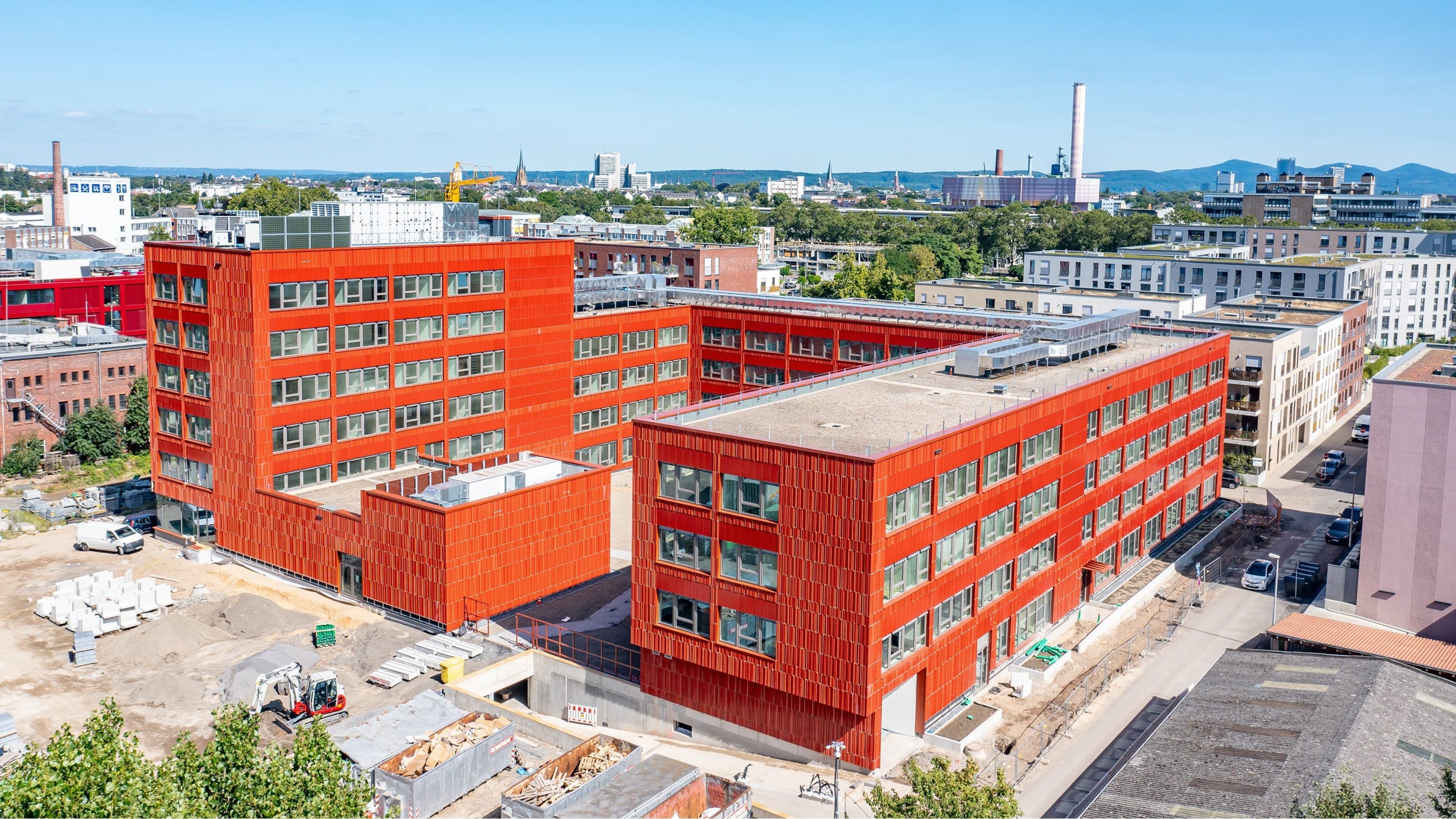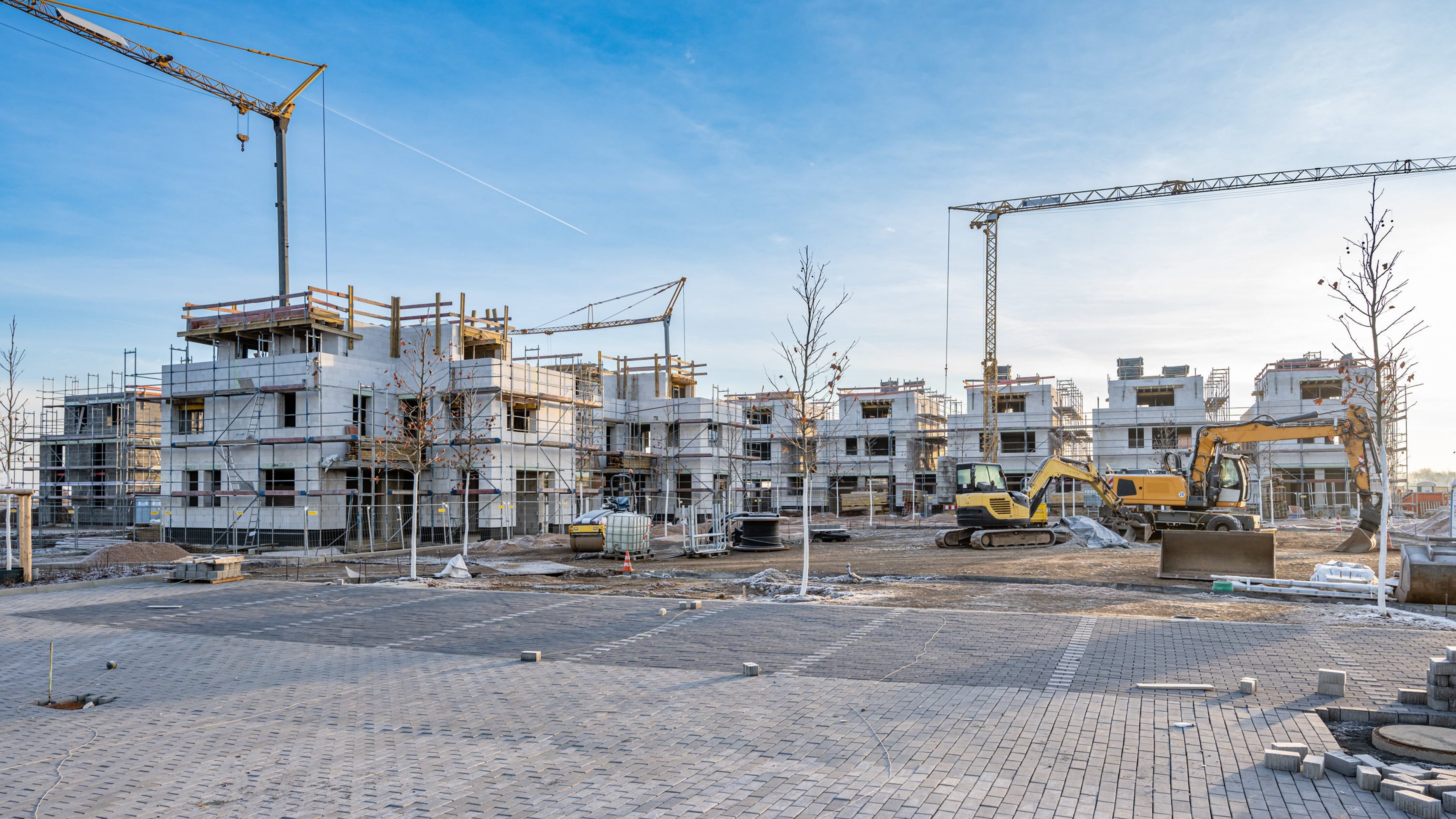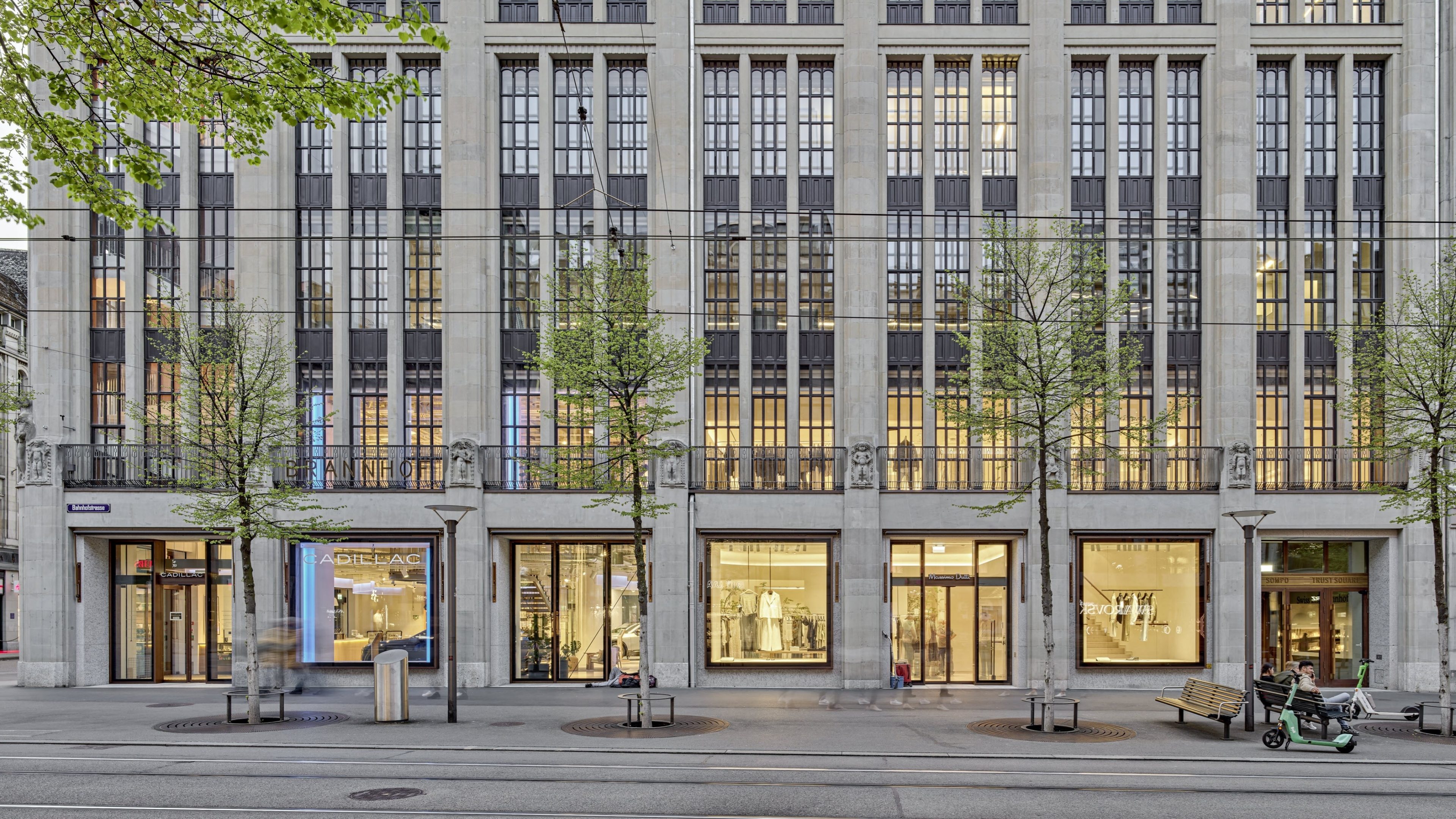With the UK population on pace to grow by 1.8 million (2.7%) within ten years, while average household sizes simultaneously decline, the UK’s housing dilemma will only worsen without rapid action from professional investors in the build-to-rent space.
In the UK, the recent boom in build-to-rent (BTR) homes – purpose-built, professionally managed housing intended for rent rather than sale – has been a major step forward in easing the UK’s housing shortage. There are significant structural foundations that benefit this asset class, but developers are only just beginning to build on them for truly expansive growth.
Build-to-rent developers see enormous demand
It is only in recent years that the UK has turned to BTR, so the country lags behind in the provision of build-to-rent homes. Only 2% of rental properties in the UK are built to rent, compared with 12% in the US, for example – despite enormous growth in demand for rented property in recent years.
Since 1997, home ownership has become increasingly unaffordable in the UK, with average house prices rising from 3.5 times average annual earnings to 9.1 times. Over that same period, the number of tenancy households has grown by 93%, while owner-occupied properties have increased by just 3%. Despite this trend, the proportion of owner-occupiers remains among the highest in Western Europe at 65%, offering ample room for further expansion of the build-to-rent market.
To meet the burgeoning demand for rental accommodation, supply has to accelerate – and fast. But at present we are seeing movement in the wrong direction. Since Q1 2017, there have been more than 180,000 buy-to-let (BTL) mortgage redemptions, evidently driven by changes to mortgage tax regulations that discourage private landlords, and the supply of rental units continues to fall.
These conditions have led to a boom in institutional build-to-rent investment. A record GBP 4.4 billion was invested in the BTR sector in 2021, and there is every indication that 2022 will see even greater numbers despite significant macroeconomic challenges, including inflation and the cost of debt. While the rise in BTR development poses societal benefits – such as greater provision of high-quality, effectively managed, well-situated housing paired with the flexibility of renting – it also represents a compelling opportunity for real estate investors.
Potential in residential
Investment in residential property offers attractive diversification benefits, providing greater cashflow reliability and increasing exposure to a sector proven to be a long-term hedge against inflation. While current high levels of inflation are likely to erode profits among commercial tenants, affecting their capacity to withstand increased rents, inflation is likely to spur rental growth in the residential space. Rising mortgage costs will lead to greater numbers of tenants as increasing construction costs squeeze already limited supply.
Institutional investors have long shunned residential real estate, believing it to be an overly fragmented and management-intensive asset class. But they are missing out on attractive returns. Since 1980, the residential sector has posted annual growth, in real terms, of 5% on capital and 2% on rents, compared with property returns of –0.8% on capital and –0.3% on rents for the property market as a whole.
Quality is king
Drawing on experience in the broader residential sector, Mayfair Capital has devised a strict set of requirements – spanning the environment, location, asset specification, and amenities – to give BTR investors confidence in the longevity of their investment decisions. As in every sector, long-term property investors can expect greater resilience of income returns with higher quality assets. The best build-to-rent homes offer the right specifications for their tenants and the physical flexibility to adapt to their evolving needs, supported by responsive services and effective facilities management.
Find out more here about the real estate use classes in which Swiss Life Asset Managers is invested.




